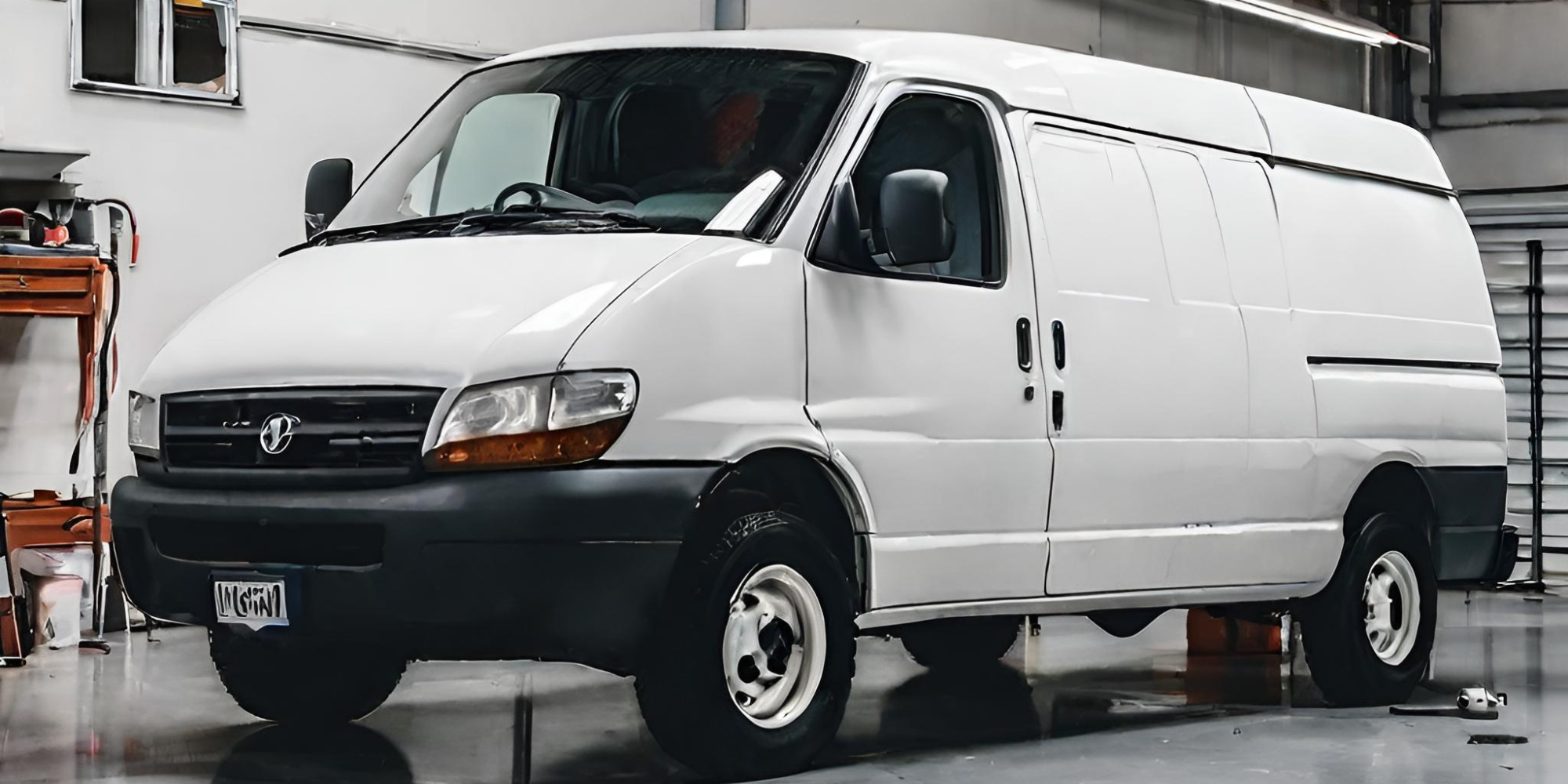


As we continue our exploration of the top trends impacting commercial fleets in 2024, one significant trend is the increasing average age of fleet vehicles. This shift presents unique challenges for fleet managers, from higher maintenance costs to increased downtime. In this blog post, we will examine the causes behind this trend and offer strategies to effectively manage an aging fleet.
The rising average age of fleet vehicles is a direct result of ongoing sourcing constraints and extended order-to-delivery times. Understanding the implications of this trend and how to address the associated challenges is crucial for maintaining an efficient and cost-effective fleet.
The delays in sourcing new vehicles force fleet managers to extend the service life of their current fleet. This postponement of vehicle replacements results in an overall older fleet, which can be more costly and less reliable.
Supply chain issues have led to longer wait times for new vehicles, compelling fleet managers to retain older vehicles longer than planned. This extends the average age of the fleet and exacerbates maintenance challenges.
Economic pressures and budget constraints may lead fleet managers to delay vehicle replacements as a cost-saving measure. However, this can lead to higher long-term costs due to increased maintenance and repair needs.
Older vehicles typically require more frequent and expensive maintenance. Components wear out, leading to increased repair costs and higher instances of vehicle downtime.
As vehicles age, their reliability and efficiency decline. This can result in more frequent breakdowns and a negative impact on overall fleet performance, including increased fuel consumption and emissions.
Older vehicles may lack the latest safety features and technologies, potentially compromising driver safety. Regular maintenance and updates are essential to mitigate these risks.
Implementing a robust preventive maintenance program is critical for managing an aging fleet. Regular inspections, timely repairs, and proactive maintenance can help extend the lifespan of older vehicles and ensure they remain safe and reliable.
Utilize telematics and fleet management software to monitor the condition and performance of each vehicle. Data-driven insights can help identify vehicles that are nearing the end of their useful life and prioritize replacements or additional maintenance.
Consider a mix of owned, leased, and rented vehicles to provide flexibility in fleet management. This approach can help manage budget constraints and ensure that older vehicles are supplemented with newer, more reliable options.
Ensure that drivers are trained to operate and maintain older vehicles effectively. Providing support and resources can help mitigate the impact of aging vehicles on daily operations and enhance overall fleet performance.
The increasing average age of fleet vehicles presents significant challenges, but with proactive strategies and effective management, fleet managers can mitigate the associated risks and costs. By enhancing maintenance programs, leveraging data, and adopting flexible fleet strategies, it is possible to maintain a reliable and efficient fleet.
Stay tuned for our next blog post in this series, where we will discuss the inconsistency in makes and models in fleet operation and its implications. For more insights and updates on fleet management trends, follow our blog and ensure your fleet remains at peak performance.